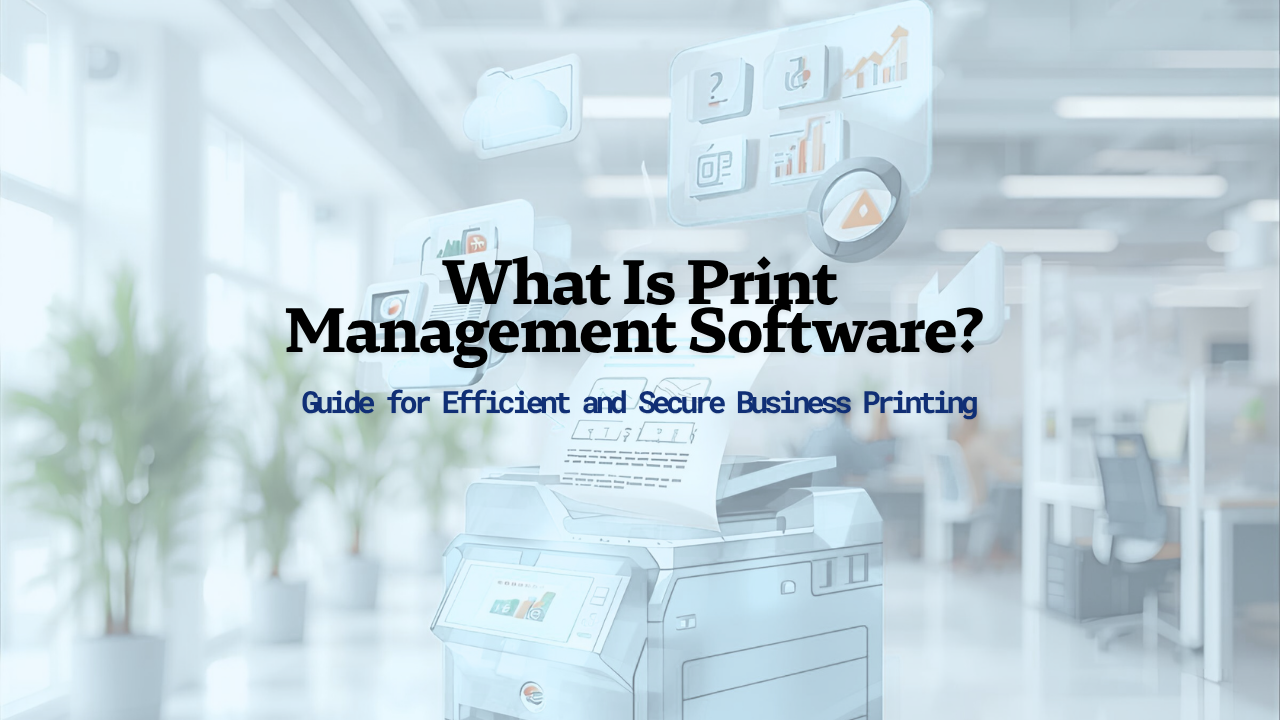Understanding the Core Choices in IT Budgeting
In today's highly digital-centric business environment, organizations face critical decisions when structuring their IT budgets. The choice between establishing an in-house IT department and outsourcing to a managed service provider (MSP) significantly impacts operational efficiency, cost management, and strategic growth. This article explores the dynamics of in-house versus managed IT services, offering insights into cost differences, benefits, drawbacks, and factors influencing decision-making to help organizations craft a strategic, cost-effective IT budget.
Cost Differences Between In-House and Managed IT Services

What are the cost differences between in-house and managed IT services?
One of the main considerations when choosing between in-house and managed IT support is cost. The expenses involved can vary significantly based on the model.
In-house IT involves high initial investments. Companies need to hire dedicated IT staff, which can cost between $65,000 and $120,000 annually per employee, depending on experience and location. In addition, there are ongoing costs for salaries, benefits, hardware, software, training, and infrastructure. These expenses can add up to hundreds of thousands annually for larger teams.
Managed IT services, on the other hand, typically operate on a subscription basis with predictable monthly fees. For example, small businesses might pay around $125 per user each month, totaling approximately $60,000 a year for a team of 40 users. This fee generally includes monitoring, cybersecurity, system management, and support.
Cost predictability is a notable advantage of managed services. Organizations gain a clear, fixed monthly expense, making budgeting easier and more precise. In contrast, in-house costs are often less predictable due to unexpected expenses like emergency repairs, hardware upgrades, or licensing renewals.
Hidden costs also impact the total expense. In-house setups may incur costs related to downtime, recruitment difficulties, and compliance risks. Outsourcing can help reduce or eliminate some of these hidden expenses, providing a more cost-effective solution overall.
While in-house teams may offer greater control, managed IT services provide flexibility and scalability—allowing businesses to adjust their IT support as needs change without large upfront investments. For many organizations, especially small and medium-sized businesses, managed support offers a more economical and adaptable approach to managing technology.
Advantages and Disadvantages: In-House vs Outsourcing

What are the benefits and drawbacks of managing IT in-house compared to outsourcing?
Managing IT internally, or in-house, provides organizations with full control over their technology systems. This setup allows tailored solutions, immediate onsite support, and a deep understanding of specific business needs. Internal IT teams can respond quickly to issues, customize workflows, and ensure strong alignment with organizational goals.
However, in-house IT comes with significant costs. Hiring skilled professionals involves high salaries, benefits, ongoing training, and infrastructure investments. These expenses can make in-house management less feasible for smaller businesses or those seeking flexibility.
On the other hand, outsourcing IT to Managed Service Providers (MSPs) offers notable advantages. MSPs provide access to a broad pool of expertise, often at a lower overall cost due to fixed monthly fees. They also offer scalable and flexible services, allowing organizations to easily adjust resources as needs evolve.
Yet, outsourcing introduces some challenges. Businesses may feel they have less direct control over IT processes and security protocols. Communication and coordination can become more complex, and dependence on third-party providers might raise concerns about vendor reliability and security risks.
Overall, the choice depends on specific organizational factors including size, budget, security considerations, and the level of control desired. While in-house teams excel in customization and rapid response, outsourcing can deliver cost efficiencies and specialized expertise, making it a strategic option for many organizations.
Strategic Cost Management: Which Approach is More Effective?

Which IT budgeting approach is more cost-effective and strategic for organizations?
Choosing the right IT budget strategy depends on a company's size, needs, and long-term goals. Managed IT services often stand out as a more economical and flexible choice, particularly for small and medium-sized organizations. These services operate on predictable subscription fees that include monitoring, cybersecurity, and technical support, eliminating the need for large upfront investments in hardware or hiring full-time staff.
For smaller firms, MSPs offer access to a wide range of expertise without the high costs associated with internal personnel, which can average around $76,000 annually per staff member. The subscription model also supports scalability, allowing businesses to adjust their IT resources based on changing needs, facilitating rapid technology adoption and proactive system health checks.
Larger organizations may prefer in-house IT to retain stricter control over systems and ensure immediate on-site support, despite its higher operational costs. These costs include salaries, ongoing training, hardware, and infrastructure expenses, which can surpass $500,000 annually.
Overall, managed IT services provide a strategic advantage by reducing costs—often by more than 35%—while offering the agility needed in today's fast-changing technological landscape. For most organizations prioritizing budget predictability, resource flexibility, and access to specialized expertise, outsourcing IT management proves to be a smarter, more cost-effective approach.
More info search query: cost-effective IT budgeting strategies for businesses
Key Factors Shaping the Choice of IT Support Models
Choosing between in-house and managed IT services depends on various organizational factors. Budget constraints are a primary consideration, as maintaining an internal IT team involves significant expenses such as salaries, benefits, hardware, and ongoing training. These costs can be unpredictable and higher compared to the fixed, predictable fees of managed service providers (MSPs). For smaller companies or those with limited financial resources, outsourcing often proves more economical.
Company size also influences the decision. Larger organizations may justify an in-house team for greater control and tailored support, while smaller businesses benefit from the scalability and cost savings of MSPs. IT complexity, including the need for specialized skills in cybersecurity, cloud migration, or compliance requirements, can tilt the balance toward MSPs that provide access to broad expertise.
Security and compliance needs are crucial. Companies facing strict regulatory standards might favor in-house control, but many MSPs offer advanced security measures and compliance support that meet industry regulations.
Another vital factor is vendor relationship management. Engaging an MSP involves building trust and clarity in SLAs, while in-house teams require direct oversight but provide immediate control.
In summary, organizations evaluate these elements—cost, size, complexity, security, and vendor management—alongside their strategic goals. This helps determine whether an internal team, an external MSP, or a hybrid model best aligns with their operational needs and growth plans.
ROI and Organizational Fit in IT Budgeting Decisions
 When organizations evaluate whether to maintain an in-house IT team or partner with a managed service provider (MSP), understanding the impact of ROI and organizational fit is crucial.
When organizations evaluate whether to maintain an in-house IT team or partner with a managed service provider (MSP), understanding the impact of ROI and organizational fit is crucial.
Return on Investment (ROI) plays a central role by determining how cost savings, operational efficiency, and strategic benefits outweigh expenses. Managed IT services often provide a more favorable ROI due to predictable monthly costs, reduced capital expenditure, and access to expertise that can enhance system performance and security.
Organizational fit considers how well a service approach aligns with a company's culture, growth trajectory, and operational demands. For example, companies that prioritize direct control, quick decision-making, and tailored solutions might favor an in-house team. Conversely, organizations seeking flexibility, scalability, and broad technical competencies often find managed services better suited.
Managed IT options typically offer continuous support, advanced tools, and the ability to scale resources up or down with minimal disruption. This can lead to higher ROI, especially for businesses experiencing rapid growth or with limited internal resources.
In-house teams excel in offering deeper control and faster internal response times but face higher costs and scalability hurdles. The decision hinges on balancing strategic priorities—whether immediate control and customization outweigh cost savings and flexibility.
Ultimately, choosing the right model depends on a careful assessment of ROI potential and organizational compatibility. For resource-constrained or growth-focused businesses, managed services often deliver superior value. For organizations valuing tight control and internal expertise, an in-house team may be preferable.
Aligning these factors ensures that IT expenditures support long-term business objectives, maximizing efficiency and competitiveness.
Supplemental Strategies: Hybrid and Beyond
What hybrid approaches can organizations adopt to optimize IT budgeting?
Many organizations find that adopting a hybrid IT support model offers the best of both worlds—combining internal resources with external managed service providers (MSPs). This approach allows businesses to optimize IT spending and enhance flexibility.
A hybrid configuration typically involves maintaining an internal IT team responsible for core functions, strategic planning, and sensitive operations. Simultaneously, the organization partners with MSPs to handle routine maintenance, security updates, cloud management, and specialized projects.
This blend of in-house and outsourced support enables a more effective allocation of resources. Internal teams can focus on critical organizational goals where their deep expertise and understanding are invaluable. MSPs, on the other hand, bring broad industry experience, proactive monitoring, and scalable solutions that can be adjusted based on project demands.
One of the main benefits of this approach is increased agility. As business needs evolve, organizations can scale their MSP services up or down without the costly and time-consuming process of hiring or downsizing internal staff. This flexibility leads to more predictable budgeting, as ongoing costs are tied to service subscriptions rather than unpredictable in-house expenses.
Furthermore, a hybrid support model helps fill internal skill gaps, particularly in fast-changing areas like cybersecurity and cloud computing. External experts stay current with the latest technology trends and threats, providing advanced support that internal teams might lack.
Overall, combining internal strengths with external expertise can significantly reduce risks, optimize costs, and accelerate technological adaptation. This strategy promotes strategic flexibility, enabling organizations to respond swiftly to market changes while maintaining control over sensitive systems and data.
Enhancing Organizational Resilience Through IT Support Models
Choosing between in-house IT and managed IT services plays a crucial role in an organization’s ability to handle disruptions and ensure continuous operations.
Internal IT teams offer rapid support and detailed oversight, which can be vital during immediate incidents. They enable quick decision-making and customized disaster recovery strategies tailored to the organization's specific needs. However, maintaining such teams entails high costs related to salaries, benefits, ongoing training, and infrastructure, which can limit scalability especially for smaller organizations.
On the other hand, managed IT service providers (MSPs) significantly boost organizational resilience through proactive monitoring and 24/7 threat detection. They employ advanced tools and technology to deliver comprehensive disaster recovery solutions that minimize downtime and data loss. MSPs are equipped to rapidly respond to incidents, manage cybersecurity defenses, and ensure system uptime, thereby reducing operational risks.
The support model an organization adopts directly affects its disaster preparedness and ability to withstand operational disruptions. MSPs typically provide a broader spectrum of protective measures, leveraging their expertise and resources to implement effective business continuity plans. Combining the strategic insights of internal teams with the technological capabilities of MSPs can optimize resilience, safeguarding critical functions in times of crisis.
Making Informed IT Budgeting Decisions
Ultimately, choosing the right IT budgeting approach requires a thorough understanding of organizational needs, growth plans, and risk appetite. While managed IT services often offer a cost-effective, scalable solution with predictable expenses and access to top-tier expertise, organizations valuing deep control and customization may favor in-house setups despite higher costs. Hybrid models have emerged as a strategic compromise, providing flexibility and resilience. The key lies in aligning the IT support model with business objectives, budget constraints, and future growth trajectories, ensuring that technology investments drive long-term success and operational excellence.
References
- Managed IT Services vs. In-House IT Teams:Which Is More Cost ...
- Managed Services vs. In-House IT | IP Pathways
- Should you outsource IT or manage in-house? - TELUS
- IT Service Cost Comparison: In-House vs. Managed Services - Plex IT
- In-House vs Managed IT Services – Cost and Efficiency Comparison
- In-House vs. Managed IT Services: Making the Right Choice
- Managed IT Services vs. In-House IT: Which is Right for You? - RTCS
- Managed IT vs In-House IT: Which Approach Suits Your Business?






.png)

.png)






















